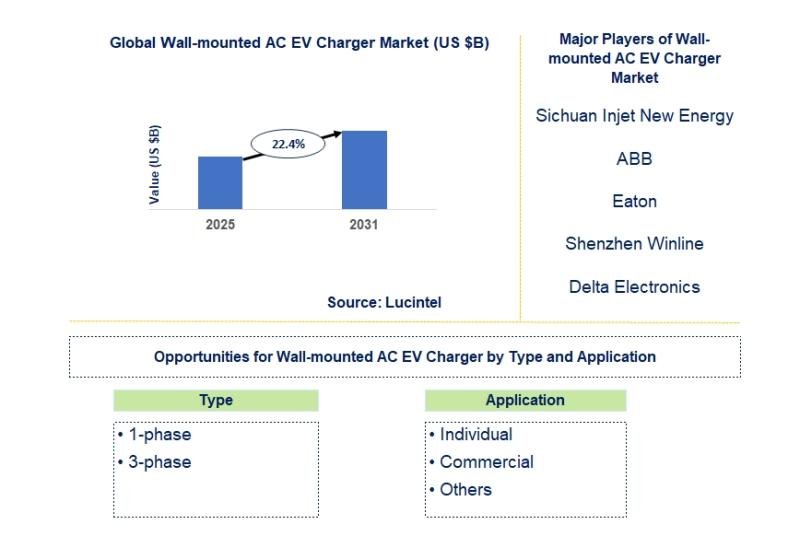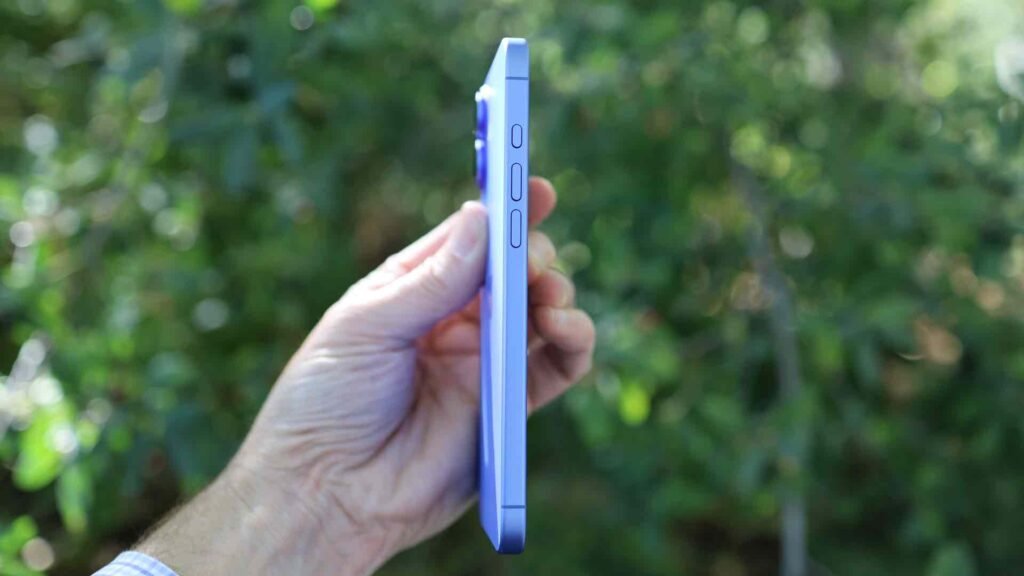
Students store their cellphones while attending class at Grant High School in Portland, Ore., Oct. 3, 2023. The school opened in September, 1924, and is in the Portland Public Schools district.
Kristyna Wentz-Graff / OPB
Oregon Gov. Tina Kotek signed an executive order Wednesday prohibiting student cellphone use during the school day in all of Oregon’s K-12 public schools. The move comes just after a bill meant to do the same thing died in the 2025 legislative session.
House Bill 2251 would have required all Oregon school districts to ban students from using cellphones “bell to bell,” meaning from the start to the end of the school day. There were some exceptions, such as for students with disabilities who use cellphones to access their education.
Proponents of such a ban argue that cellphones in the classroom are, at best, a distraction. At worst, they say the devices contribute to bullying and mental health problems.
“Oregon’s schools should be a place where students find belonging, support, and the joy of learning something new,” Kotek said in a statement about the executive order. “The research is clear: cell phone use can create a trifecta of consequences for our young people – mental health issues, safety in school, and distraction from learning. I signed this order to stand up for the promise of every student in every corner of the state.”
The proposed bill this session passed the House but didn’t make it out of committee in the Senate.
Among the opposing voices were some school district leaders. They argued local schools should set their own limits on phone use and expressed concern that the bill would create a mandate they didn’t have the resources to enforce. Yondr pouches used in schools such as Grant High School in Portland to secure phones throughout the school day are estimated to cost $25 to $30 per student.

A student unlocks their Yondr pouch outside Grant High School on Aug. 28, 2024.
Natalie Pate / OPB
Some parents also were concerned that they wouldn’t be able to reach their children in the event of an emergency — a concern that has been expressed in school board rooms across the state, even as large districts have moved forward with policies.
In announcing Kotek’s executive order this week, the governor’s office said they’re aiming to “improve student educational outcomes and mental wellbeing across the state.” As Oregon students’ academic recovery from the pandemic remains slow — and in some ways, declining — Kotek’s office argues cellphone-free schools are a “powerful way to help students succeed.”
Jared Conney Horvath, a neuroscientist, author and director of Arizona-based education company LME Global, shared his expert perspective in Kotek’s announcement. He said that when schools implement full, bell-to-bell cell phone restrictions, they see significant benefits.
“Once phones are gone,” he said, “schools gain the equivalent of 1 to 6 extra hours of instructional time per week in the first year, students are more focused, teachers are more engaged, and everyone is more connected.”
Critics often complain that Oregon has lower instructional time requirements than other states.
Gustavo Barraza, a graduating senior from Milwaukie High School, shared his experience working with teachers to move to a phone-free school day.
“We saw right away how much better things felt. People were more focused and more connected,” Barraza said in a statement from the governor’s office. “A lot of issues at school start with phones, or get worse because of them. Some of my closest friends came from being more present at school, and those relationships helped shape who I am today.”
Under the executive order, districts’ policies must clarify how personal electronic devices will be stored during the school day.
The policies also have to spell out how school personnel should respond if a student violates the ban. School administrators cannot punish the student in a way that forces them to lose more instructional time, such as a suspension or expulsion.
Model policies from schools that already have prohibitions in place will be made available, according to the governor’s office, but districts will have some flexibility on the specifics of their policies.
Like the proposed bill this session, the order allows exceptions, including if cellphones are needed for medical reasons or to support students with disabilities whose individualized education program calls for use of the devices.
Several states, in varying degrees, have adopted cellphone bans or restrictions in schools.
All Oregon school districts must adopt a policy by Oct. 31, according to the order. The policies must be in full effect no later than Jan. 1.








